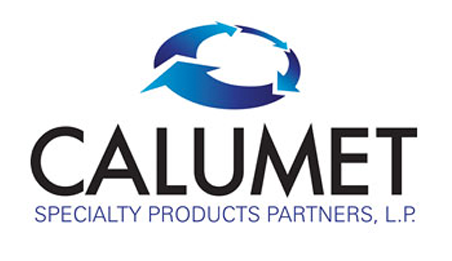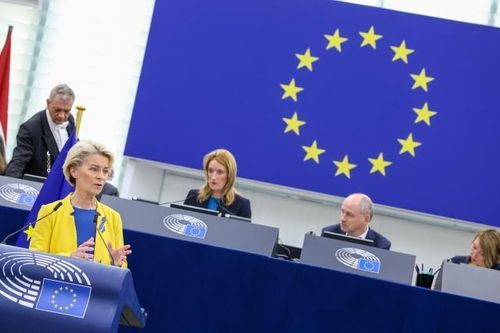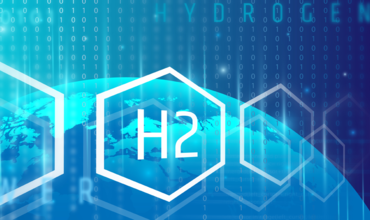Much fuss has been made about the importance of pending guidance for the clean hydrogen industry from US regulators. Zoom out further and major demand centers like the European Union, Japan, and South Korea have similarly under-articulated or novel subsidy regimes, leaving US clean fuels project developers in a dizzying global tangle of red tape.
But in the emerging global market for hydrogen and ammonia offtake, several themes are turning up. One is that US project developers are increasingly looking to South Korea and Japan as buyers, turning away from Europe following the implementation of rules that are viewed as too onerous for green hydrogen producers.
The other is that beneath the regulatory tangle lies a deep market, helping to answer one of the crucial outstanding questions that has been dogging the nascent ammonia and hydrogen industry: where is the offtake?
Many projects are proceeding towards definitive offtake agreements and final investment decisions despite the risks embedded in potential changes in policy, according to multiple project finance lawyers. In most cases, reaching final agreements for offtake would not be prudent given the raft of un-issued guidance in these major markets, said the lawyers, who acknowledge a robust offtake market but may advise their clients against signing final contracts.
The European Union rules for green hydrogen and its derivatives became law in June, and included several provisions that are proving challenging for developers and their lawyers to structure around: prohibiting state-subsidized electricity in the production of green hydrogen, and the requirement that power for green hydrogen be purchased directly from a renewable energy supplier.
Taken together, the policy developments have pushed many US project developers away from Europe and toward Japan and South Korea, where demand for low-carbon fuels is robust and regulations are viewed as less burdensome, if still undefined, experts say.
Developers are carefully choosing jurisdictions for their target offtake markets, “limiting their focus to North Asian rather than European buyers, with the expectation that certain standards and regulations will be less strict, at least in the near term,” said Allen & Overy Partners Hitomi Komachi and Henry Sohn, who are based in Japan and Korea, respectively.
Trade association Hydrogen Europe lambasted the new European rules last year while they were still in formation, saying they would cause a “mass exodus” of the continent’s green hydrogen industry to the US.
Make or break
US policymakers delivered a shock blow with last year’s approval of the Inflation Reduction Act – but its full benefits have yet to flow into the clean fuels sector due to outstanding guidance on additionality, regionality, and matching requirements.
At the same time, the 45V tax credit for clean hydrogen has been called potentially the most complex tax credit the US market has ever seen, requiring a multi-layered analysis to ensure compliance. The US policy uncertainty is coated on top of an already-complex development landscape facing developers of first-of-kind hydrogen and ammonia projects using electrolyzer or carbon capture technologies.
“Even though folks are moving forward with projects, the lack of guidance impacts parties’ willingness to sign definitive documents, because depending on the guidance, for some projects, it could break the economics,” said Marcia Hook, a partner at Kirkland & Ellis in Washington DC.
Now, US developers seeking access to international markets are contending with potential misalignment of local and international rules, with Europe’s recently enacted guidelines serving as a major example of poorly arrayed schemes.
Some US developers have already decided it may be challenging to meet the EU’s more rigorous standards, according Hook, who added that, beyond the perceived regulatory flexibility, developers appear to be garnering more offtake interest from potential buyers in Asia.
Projects that depend on outstanding guidance in Asia are also moving ahead, a fact that, according to Alan Alexander, a Houston-based partner at Vinson & Elkins, “represents a little bit of the optimism and excitement around low-carbon hydrogen and ammonia,” particularly in Japan and Korea.
“Projects are going forward but with conditions that these schemes get worked out in a way that’s bankable for the project,” he added. “It’s not optimal, but you can build it in,” he said, referencing a Korean contract where conditions precedent require that a national clean hydrogen portfolio standard gets published and the offtaker is successful in one of the Korean power auctions.
RED III tape
Unlike the US, the EU has focused on using regulation to create demand for hydrogen and derivative products through setting mandatory RFNBO quotas for the land transport, industry, shipping and aviation sectors, according to Frederick Lazell, a London-based lawyer at King & Spalding.
Lazell called the EU rules “the most fully-developed and broad market-creation interventions that policymakers have imposed anywhere in the world.” As a result, being able to sell RFNBO into Europe to meet these quotas is expected to fetch the highest prices – and therefore potentially the highest premiums to suppliers, he said.
The European guidelines enacted in June introduced several provisions that will make it challenging for US developers to structure projects that meet the EU’s classification for renewable fuels of non-biological origin (RFNBOs).
For one, the European Commission issued guidance that prohibits subsidies for renewable energy generation when it is transmitted via a power purchase agreement through the electrical grid to make RFNBO.
This provision potentially eliminates all green hydrogen-based projects in the US from qualifying as an RFNBO, a managing partner at a US-based investment firm said, given that green hydrogen projects will likely be tied to renewables that are earning tax credits.
“The EC’s decision to include this restriction on State aid makes the EU’s version of additionality more onerous than even the strictest requirements being considered in the US,” lawyers from King & Spalding wrote in a September note, adding that some people in the industry argue that the decision is inexplicable under the RED II framework that authorized the European Commission to define additionality.
A second challenge of the EU regulations is the mandate that PPAs be contracted between the RFNBO producer and the renewable energy source. Such a requirement is impossible for electricity markets where state entities are mandated to purchase and supply power, a structure that is common in multiple jurisdictions. Moreover, the requirement would remove the possibility of using a utility or other intermediary to deliver power for green hydrogen production.
“These technical issues may be serious enough for some in the industry to consider challenges before the Court of Justice of the European Union,” the King & Spalding lawyers wrote. “However, it is not yet clear whether there is the appetite or ability to turn such suggestions into a formal claim.”
Go East
Although the subsidy regimes in Japan and South Korea are expected to be less stringent in comparison to the EU, the programs are still not completely defined, which leaves some uncertainty in dealmaking as projects move forward.
The traditional energy sector has always dealt with change-in-law risk, but the risk is heightened now since regulations can change more rapidly and, in some cases, impact ongoing negotiations, said Komachi and Sohn, of Allen & Overy, in a joint email response.
“Certain regulations coming into force may be contingent or related to the funding plan of the project,” they said. As such, clean fuels offtake frameworks need to facilitate not only the tracking and counting of emissions, they added, but also leave sufficient flexibility as regulatory frameworks evolve.
Japan, through its Hydrogen Basic Strategy, set out targets to increase the supply of hydrogen and ammonia in the country while reducing costs, deploying Japanese electrolysis equipment, and increasing investment into its supply chain. Additionally, Japan is contemplating a contracts-for-difference-style regime to support the gap between the price of clean hydrogen or ammonia and corresponding fossil fuels for 15 years.
Still, standards for “clean hydrogen” have not been clarified, though most observers believe the country will follow a carbon emissions lifecycle analysis in line with IPHE criteria, which is proposed at 3.4 kilograms of carbon dioxide per kilogram of hydrogen. Similarly, rules around “stacking” subsidies in Japan with other jurisdictions such as the Inflation Reduction Act have not been defined.
Meanwhile, Korea is considering carbon emissions standards of up to 4 kilograms of CO2 per kilogram of hydrogen. It is pushing for greater use of hydrogen in part through its Amended Hydrogen Act, requiring electric utilities to buy electricity made from hydrogen in a bidding round starting in 2024. The requirement scales up from 1,300 GWh of general hydrogen in 2025 to 5,200 GWh for general hydrogen and 9,5000 GWh for clean hydrogen in 2028.
Both countries are working to incentivize the entire supply chain for hydrogen and ammonia to ensure the separate pieces of infrastructure will be available on investable and bankable terms, with the aim of creating a demand center when the export centers are developed, Komachi and Sohn added.
They also point out that the emerging clean fuels offtake market will operate in the near term in a more spotty fashion in comparison with the more liquid markets for oil and gas.
“Hydrocarbon markets have gradually moved towards portfolio players, trading and optimization,” said Goran Galic, an Australia-based partner at Allen & Overy. “Smaller market size, technological and regulatory considerations mean that clean fuels, at least initially, require more of a point-to-point approach and so building long-term working relationships between the developers and offtakers is a key aspect of offtake strategy.”








